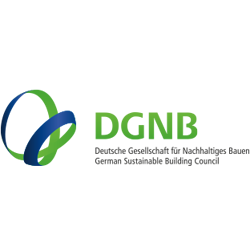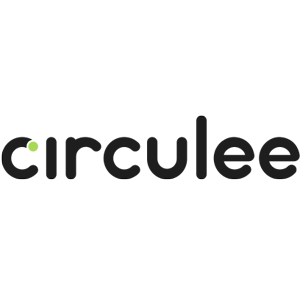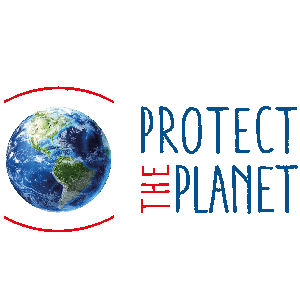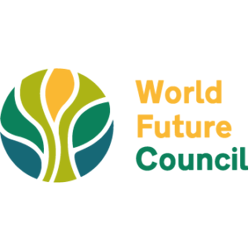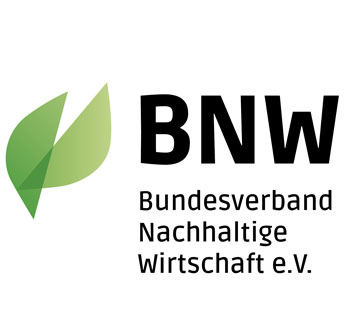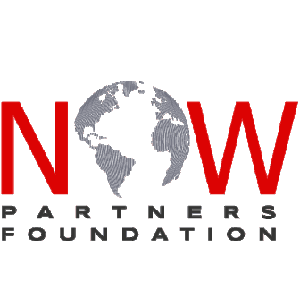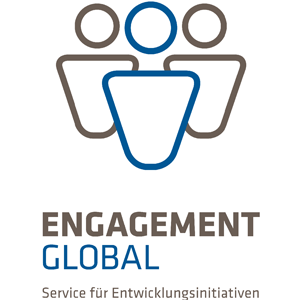Umwelt | Wasser & Boden, 22.03.2019
Standard for water reuse brings hope for water scarcity
World Water Day puts the spotlight on the importance of freshwater
By 2030, water scarcity will have displaced between 24 and 700 million people, according to UN Water, the United Nations coordinating body on water issues. World Water Day is focusing on Sustainable Development Goal (SDG) 6, which means ensuring access to water and sanitation for all by 2030. What is keeping us from getting there and how can ISO standards make a difference?
Celebrated each year on 22 March, World Water Day puts the spotlight on the importance of freshwater. This year’s edition, "Leaving no one behind”, adapts the central promise of Agenda 2030 that progress achieved through sustainable development should be available to all. The Agenda, which is the United Nations’ roadmap to transform the world by 2030, includes a Sustainable Development Goal specifically dedicated to water – SDG 6. ISO has developed more than 1 400 standards relating to water, each representing best practice in a number of sectors including water quality, water supply, wastewater and stormwater systems, and infrastructure. In particular, a new standard on water reuse could make a significant impact for water scarcity.
Water use has been growing globally at more than twice the rate of population increase in the last century. Water shortage in arid parts of the globe has placed heavy pressure on urban areas, where about 55 Prozent of the world population resides (UN). ISO technical committee ISO/TC 282 on water reuse, through its subcommittee SC 2, Water reuse in urban areas, is working hard to address the water shortage crisis in cities. Its new International Standard ISO 20760-1 offers guidelines on how to make use of reclaimed water in order to satisfy water demands and alleviate heavy pressure on urban areas.
Maya Ishikawa, Secretary of the technical committee, explains: "By providing guidelines for the planning and design of centralized water reuse systems and
water reuse applications in urban areas as well as methods and tools to evaluate the risk and performance of water reuse systems, ISO/TC 282 standards will be the key to efficiently reuse water and help regions fight water shortages.” In addition, ISO/TC 282 focuses on water reuse systems for irrigation and industrial uses as well.
Another key standard addressing SDG 6 is ISO 30500 on non-sewered sanitation systems. An estimated 1.8 billion people across the globe are using a source of drinking water that is faecally contaminated, with such adverse consequences as disease, malnutrition, poverty, and child death. By offering basic requirements for the design and testing of stand-alone faecal sludge treatment units, ISO 30500 will help address the health needs of many communities worldwide.
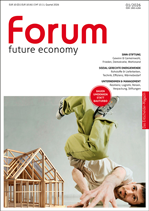
forum future economy
forum Nachhaltig Wirtschaften heißt jetzt forum future economy.
- Zukunft bauen
- Frieden kultivieren
- Moor rockt!
Kaufen...
Abonnieren...
17
DEZ
2025
DEZ
2025
Lunch & Learn: Geschichten & Inspirationen zum Mitmachen
Impulse: Katrin Hansmeier, Basil Merk, Tina Teucher
online
Impulse: Katrin Hansmeier, Basil Merk, Tina Teucher
online
17
JAN
2026
JAN
2026
05
FEB
2026
FEB
2026
Konferenz des guten Wirtschaftens 2026
Veränderung willkommen? Wie Wandel gelingen kann
90475 Nürnberg
Veränderung willkommen? Wie Wandel gelingen kann
90475 Nürnberg
Anzeige

Professionelle Klimabilanz, einfach selbst gemacht

Einfache Klimabilanzierung und glaubhafte Nachhaltigkeitskommunikation gemäß GHG-Protocol
Pioniere & Visionen
 Großzügigkeit und Wohlwollen
Großzügigkeit und WohlwollenChristoph Quarch wünscht sich einen Relaunch des Nikolaus-Festes
Jetzt auf forum:
FNG-Siegel: 25 Fonds der Erste Asset Management mit Bestnote ausgezeichnet
So klappt's mit den Weihnachtsgeschenken – ohne Stress und Schulden
Deutschland hat kein Geldproblem, Deutschland hat ein Skill-Problem
Zuversicht und Inspiration schenken
Ab 14.12.2025 gilt der neue Fahrplan der Deutschen Bahn für 2026
Wie verbessern Skibrillen die Sicht und Sicherheit auf den Pisten



